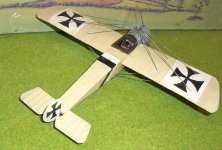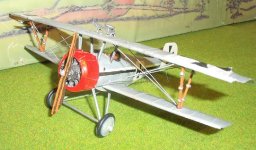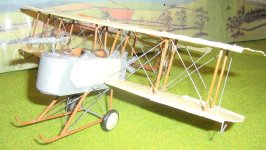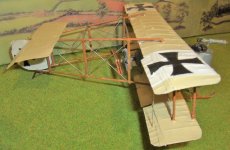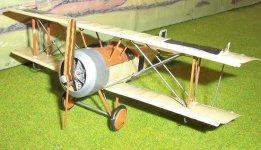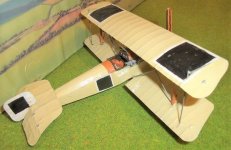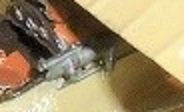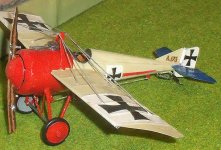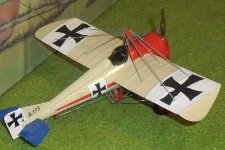Hi Mark,
I fully agree with your comments on the Bristol, it truly is a very British Biplane. The Ottoman dress does suit the plane very well indeed.
Thank You for providing this most interesting background history of the Aircraft. Now this very well converted Tin-Plate piece of art has been supplied with a Soul as well.
Happy hunting and Keep on collecting and converting these fine Heco Models.
Never forget, there are many unportraied planes of the Bayerischen Luftstreitkräfte who deserve you utmost TLC as well.
Thank You for sharing your Heco windfall
Regards
Wolfgang

